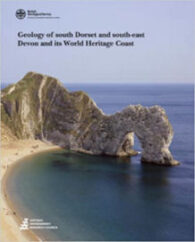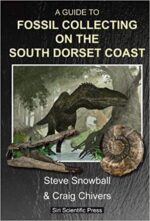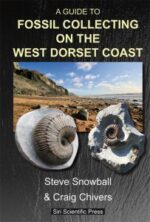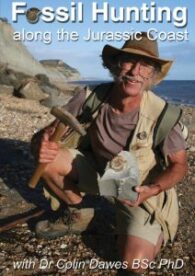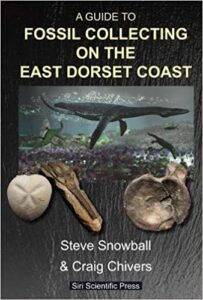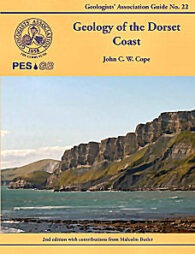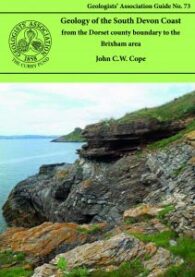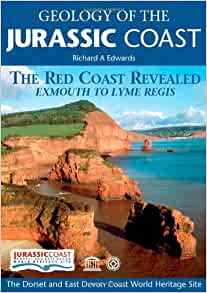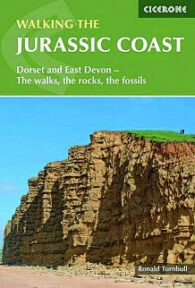I don’t normally review BGS memoirs – they are excellent publications, but largely written for the professional or the seriously committed amateur geologist. (I have to admit to owning several, which cover my favourite fossil collecting areas of the UK.) However, this one is a ‘Special Memoir’ that I am quite willing to make an exception for.
